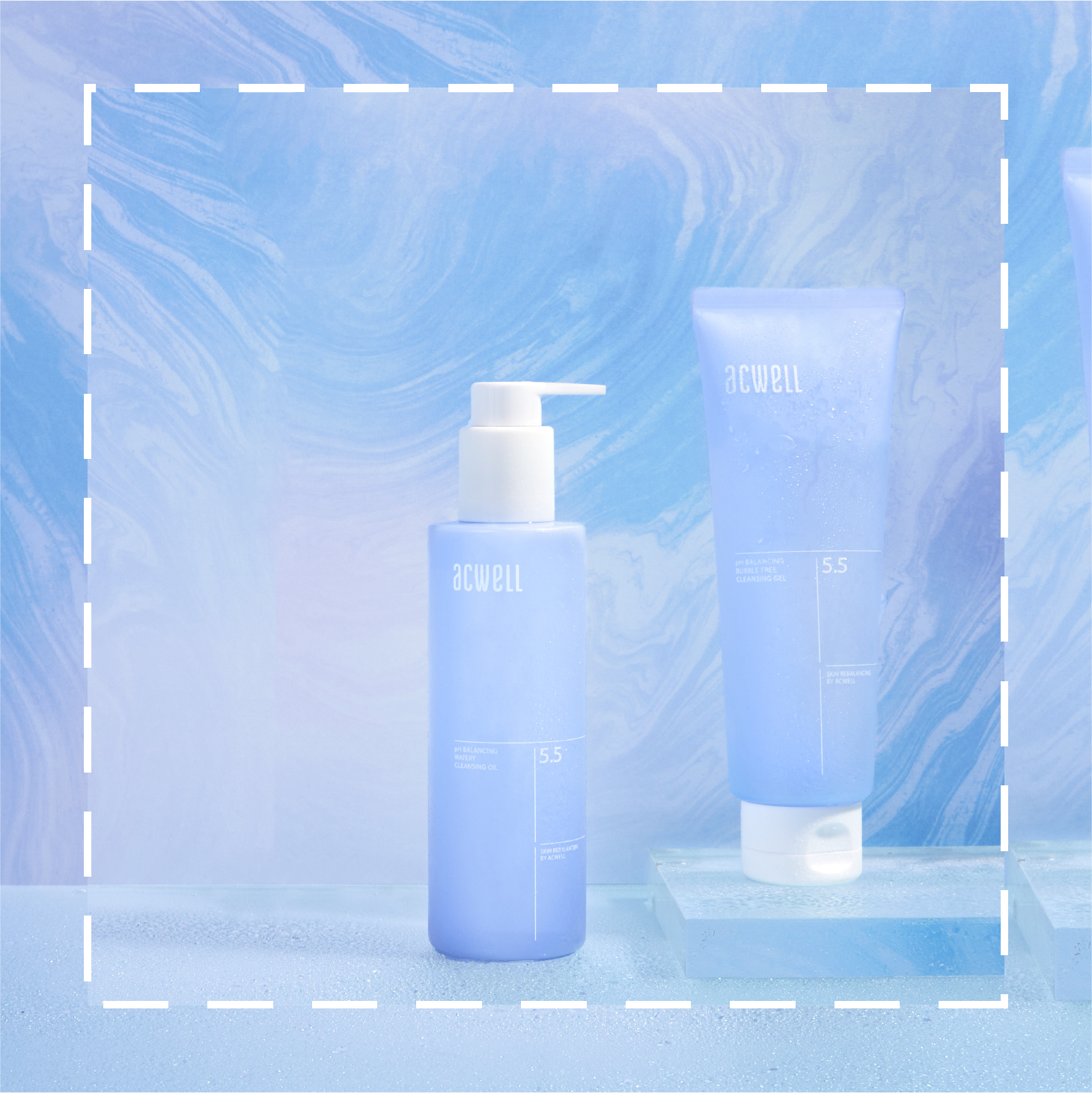This cult K-Beauty brand is making balancing school and skin care easier than ever.
Maintaining a skin care routine in the midst of returning to school, hitting the books, and hanging with friends is practically an olympic sport.
There’s the upended routines, long nights in the library, a shift in sleeping patterns, and shrinking bathroom cabinet space (ugh, dorm bathrooms). Beyond all of this, there’s the added stress of transitions, moving, and a new environment that might have your skin breaking out around back-to-school time.
These factors can lead to infrequent skin care routines, a night or two falling asleep in a face of makeup, and breakouts.
In order to combat any back-to-school skin care routine fails, we’re letting you in on our skin care secret for anyone with a hectic schedule: a solid double cleanse.
All one really needs is a quick, impactful double cleanse formulated with ingredients that do more than wipe away oil and debris, followed up with a moisturizer and SPF of course.
By fortifying your double cleanse with impactful ingredients and proven cleansers, you can whittle away at your skin care routine and make it totally fit your back-to-school schedule.
Acwell has the perfect double cleansing duo for an effective and quick back-to-school skin care routine.
The cult Korean brand’s pH Balancing Watery Cleansing Oil and pH Balancing Bubble Free Cleansing Gel goes beyond ridding the skin of oil and water based impurities and taps into impactful ingredients to fight acne, brighten, hydrate, and balance so you can get the most out of your cleansing step, wiping out extra skin care routine steps to make your routine doable!
You can even toss the pH Balancing Watery Cleansing Oil into your shower caddy- its pump and sanitary packaging is perfect for use while showering. This cleanser removes makeup and oil based impurities, making it super time-saving.
Formulated with tea tree, licorice root, and green tea, Acwell’s oil also helps to fight off breakouts, hyperpigmentation, and free radical damage.
Following the pH Balancing Watery Cleansing Oil with the pH Balancing Bubble Free Cleansing Gel provides the perfect end to your double cleanse and provides some much needed moisture back into the skin. Eight different types of plumping and moisturizing hyaluronic acids get to work once this gel cleanser is applied to the face!
Maintaining clear skin in-between classes has never been easier. (Did we mention the duo takes up less room on the dorm’s communal bathroom sink than all your targeted acne treatments AND your cleansers?)
We all knew double cleansing was important, but did you know that they could be this impactful? We’re talking makeup removal, cleansing, breakout control, brightening and a boost of moisture all in one step. What else can a busy college student ask for?
+ Do you currently double cleanse? Let us know below!
